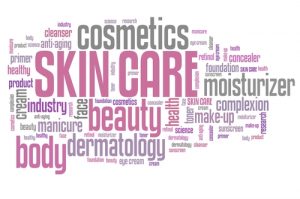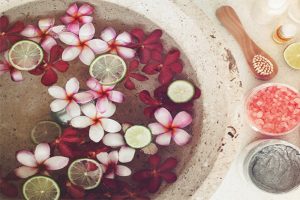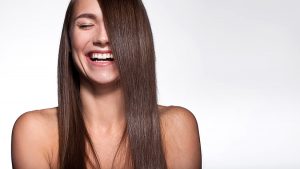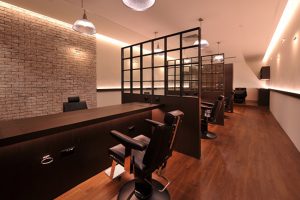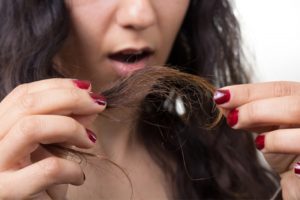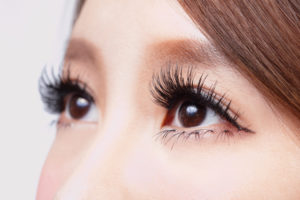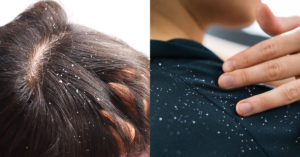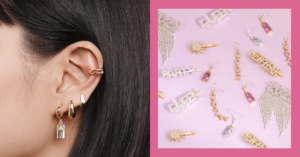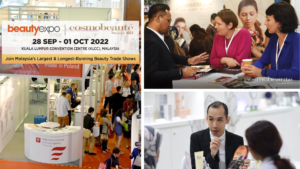Professional
2017 Skincare Industry Trends that your buyers will be looking for
Every year, there’s a beauty buzzword. A few years ago it was BB and CC creams, then natural and organic...
By: Beauty Insider Journalist / January 24, 2016

Every year, there’s a beauty buzzword. A few years ago it was BB and CC creams, then natural and organic took the shelves by storm. In 2016, anti-pollution products grabbed the attention of urban beauty shoppers. Beauty market experts weigh share their insights on 2017 Skincare Industry Trends that consumers will be willing to spend for this year.
Contents
High-tech masks
Beauty market analysts said that “the sales of sheet masks significantly outperformed much larger segments, like facial moisturizers.” Korean brands have animal-faced prints that were a huge hit on Instagram. Skincare giants like LÓreal released colorful Paris clays. Niche organic brands produced “farm-fresh masks” that are mixed by hand and often customized for a customer’s skincare needs. Other innovations include sheet masks for the chest and buttocks and no-drip formulas.
Unfortunately, sheet mask buyers are rarely loyal to a brand; they enjoy trying different formulas, and may not return for a sale. The challenge of many brands was to convert this casual customer into trying an entire line, through clear and catchy campaigns on ingredients.
Skin-nurturing bacteria
A few years ago, everyone was selling antioxidants. The new darling of the beauty world is probiotics: friendly bacteria like lactobacillus and bifidobacterium that restore PH and resolve recurring concerns. Industry experts expect to see a growth in this category as new technology and research emerges – and brands who will launch large marketing campaigns that convince consumers that not all bacteria is bad.
Water-based ingredients
Beauty oils became very popular a few years ago and they will continue to have a large market share, but water-based ingredients are gaining traction. This is based on a growing demand for extra-hydrating products that feel light and aren’t greasy. While these formulas were often sold to people with oily skin, brands are now offering it to all skin types with the promise of instant suppleness and fresh-faced radiance.
High-tech beauty tools
New home devices take technology found in aesthetic clinics right into a consumer’s hands. ZIIP Beauty Full links to a phone and delivers “electric facials” that fight ageing and acne. Several companies released DIY microneedling and LED chromotherapy lights. Other beauty gadgets are facial acupressure wands that stimulate circulation and drain fluid, cleansing brushes, and even a “facial reading” disc that contains sensors that measures moisture levels and UV exposure.
The gadgets aren’t cheap – some can cost as much as US$500 – and many can’t replicate the treatments received in a clinic. However, eager consumers need to be educated on what works and what doesn’t, and the possible risks of overexposing their skin to these DIY tools.
Transformative textures
Skincare is often a sensorial experience – scent, texture and smell are as important to consumers as the ingredients. Brands are now offering an added level of intrigue and delight with products that change in texture as they are being used. This includes cleansing balls that melt upon skin contact, and can be mixed and customized for skincare concerns.

